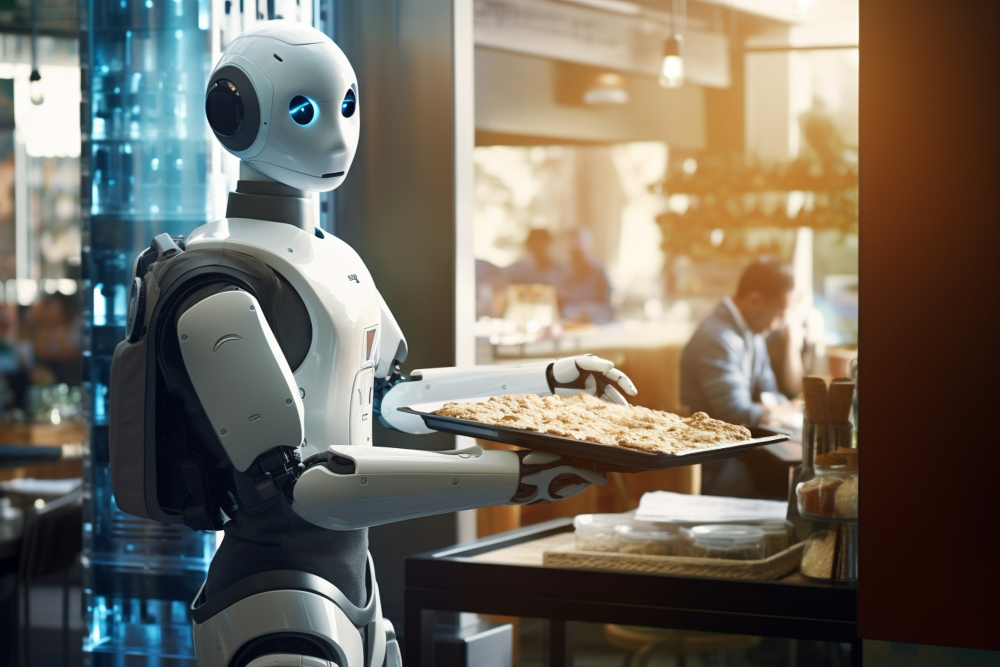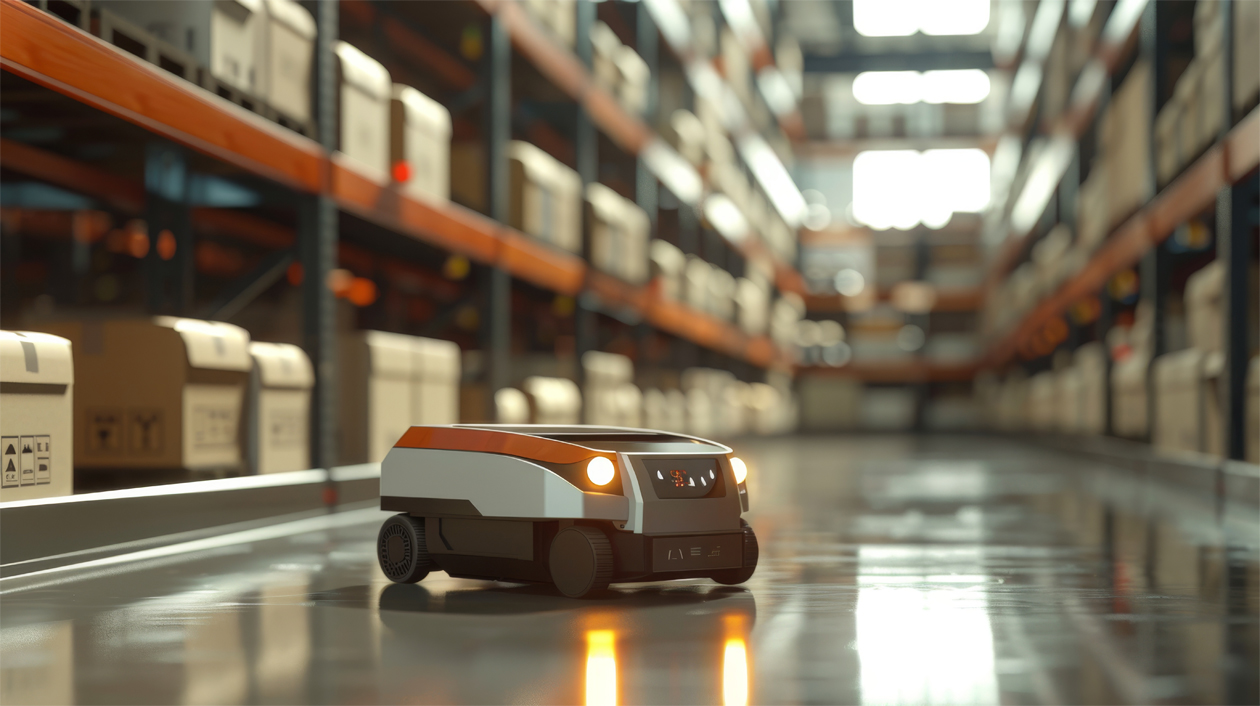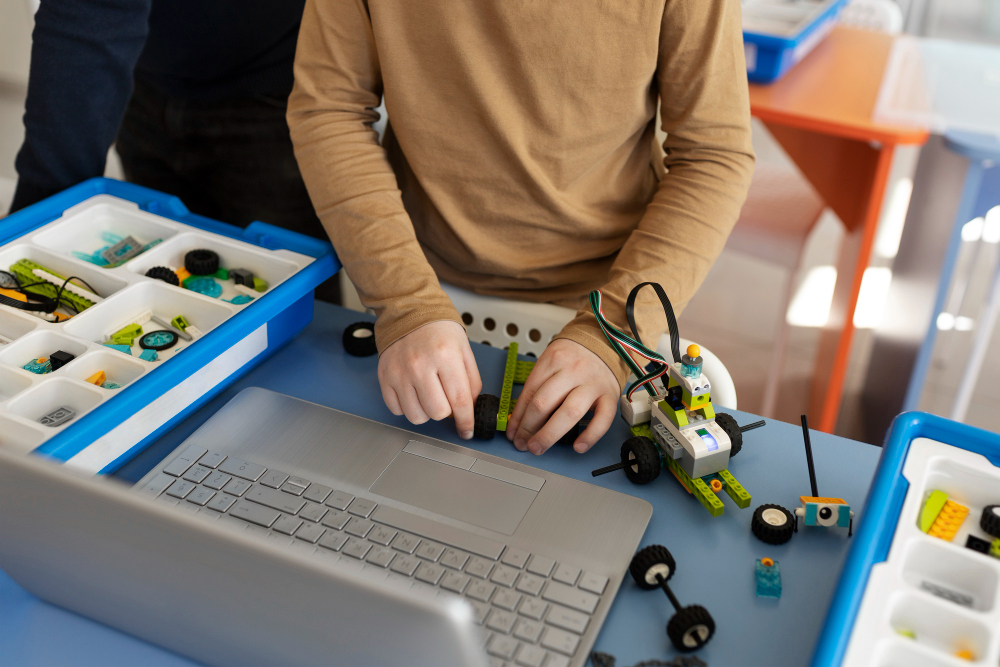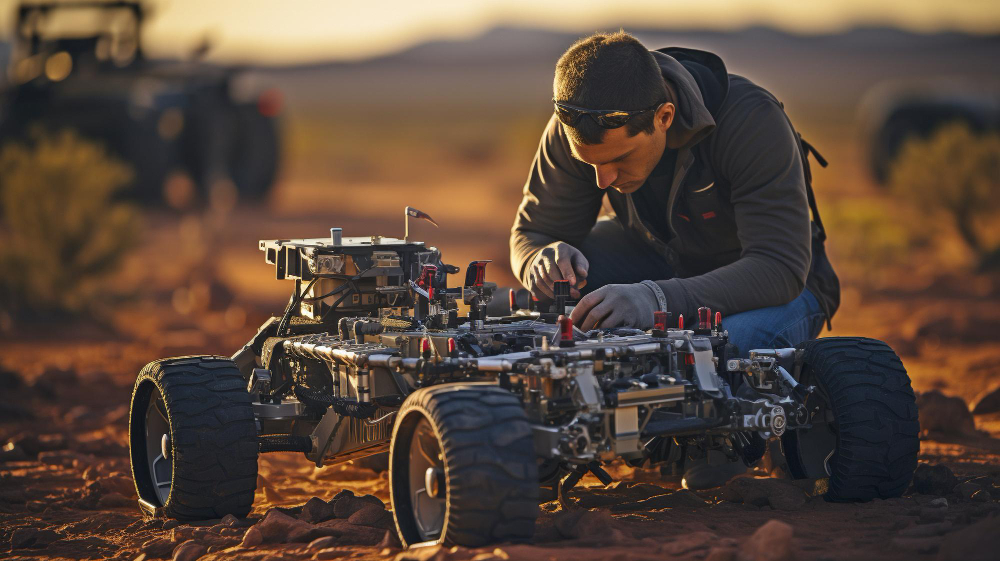Robotics has undergone a remarkable transformation in recent years, propelled by advancements in Artificial Intelligence (AI), Machine Learning (ML), and Computer Vision. While many blog posts touch on these topics, let’s dive deeper into some lesser-known technical aspects that are shaping the future of robotics.
Unsupervised Learning for Robotics
One cutting-edge area gaining traction is unsupervised learning for robotics. Traditionally, machine learning models require labeled data for training, which can be time-consuming and expensive to obtain. Unsupervised learning techniques, however, allow robots to learn from unstructured data without explicit supervision. This enables robots to autonomously discover patterns, adapt to new environments, and perform complex tasks with minimal human intervention. Unsupervised learning holds immense potential for robotics applications such as autonomous navigation, object manipulation, and collaborative robotics in dynamic and unstructured environments.
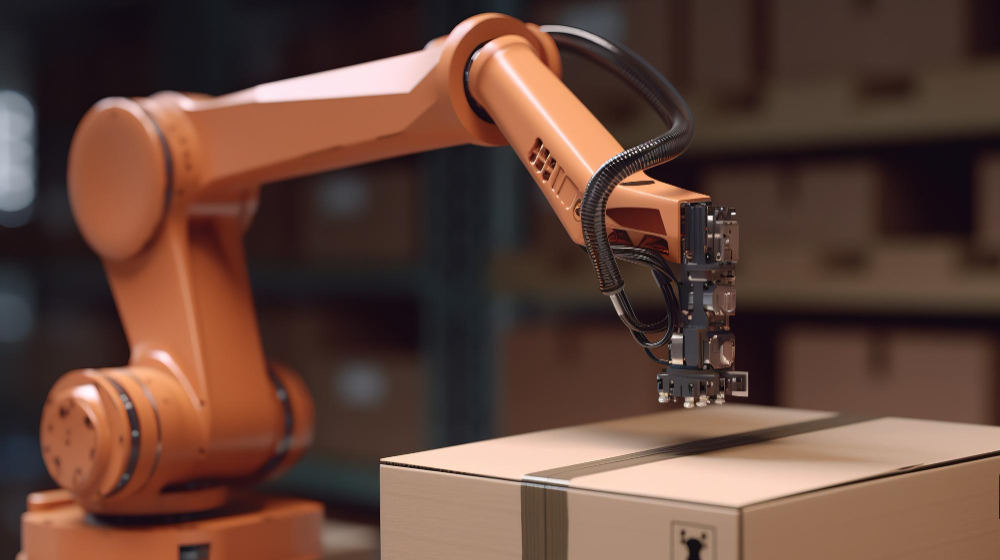
Reinforcement Learning in Robotics
Another frontier in robotics is reinforcement learning, a type of machine learning where agents learn to make decisions by interacting with their environment and receiving feedback in the form of rewards or penalties. In robotics, reinforcement learning enables robots to learn from trial and error, improving their decision-making abilities and adapting to changing conditions in real-time. This approach is particularly valuable in scenarios where the environment is uncertain or dynamic, such as robotic grasping, locomotion, and manipulation tasks. By leveraging reinforcement learning, robots can learn complex behaviors and optimize their actions to achieve desired objectives efficiently.
Multi-Sensory Integration for Perception
A critical aspect of robotics is perception, the ability of robots to interpret and understand their surroundings. While computer vision has traditionally been the primary sensory modality for perception in robotics, recent advancements are integrating multiple sensory modalities, including vision, touch, and proprioception, to enhance perception capabilities. By combining information from different sensors, robots can gain a richer understanding of their environment, improve object recognition and localization, and adapt to diverse and challenging conditions. Multi-sensory integration holds promise for robotics applications such as human-robot interaction, object manipulation, and navigation in complex environments where visual information alone may be insufficient.
Edge Computing for Real-Time Decision-Making
With the proliferation of Internet of Things (IoT) devices and sensors, robotics systems are generating vast amounts of data that need to be processed and analyzed in real-time. Edge computing, a distributed computing paradigm where data processing is performed closer to the data source, is emerging as a key enabler for real-time decision-making in robotics. By deploying machine learning models and algorithms at the edge, robots can process sensor data locally, reduce latency, and make time-sensitive decisions autonomously. Edge computing is especially valuable in robotics applications such as autonomous vehicles, drones, and industrial robots, where low latency and high reliability are paramount.
Feel free to share your thoughts and experiences with on-demand computing in the comments below! Let’s get the conversation started.

